To understand why cats are so fascinated with heights, we must first explore their evolutionary history. Cats are descendants of solitary hunters who thrived in diverse environments, from dense forests to open savannas. Climbing to elevated positions allowed them to survey the landscape for prey and potential threats. This instinctual behavior has persisted despite domestication, as many of the traits needed for hunting and survival remain hardwired into their genetic makeup.
The Safety and Security of High Places
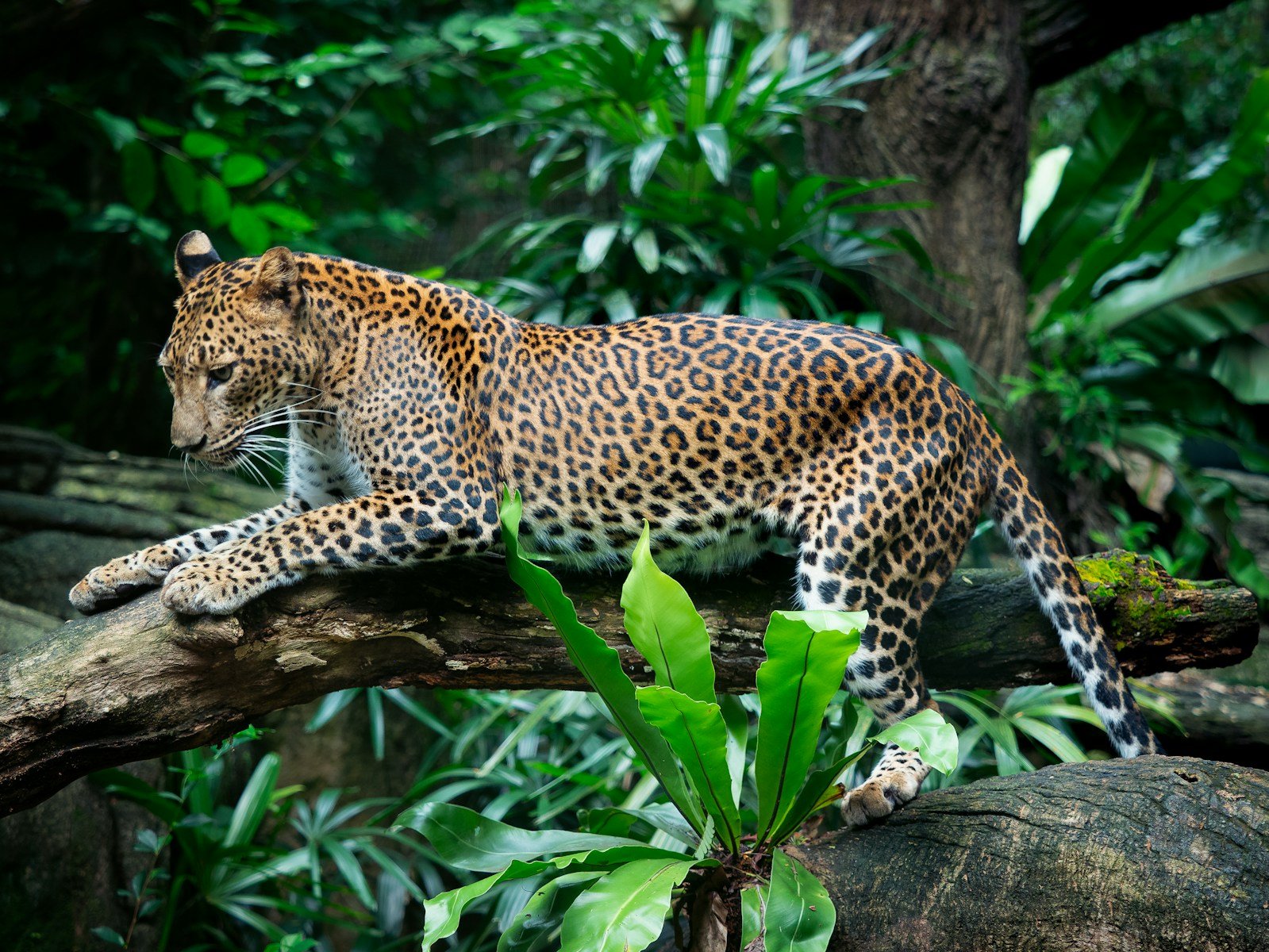
Cats often seek high vantage points because these locations provide a sense of safety and security. In the wild, staying elevated helps them avoid ground-dwelling predators and gives them the advantage of spotting danger from afar. Even in a home setting, this instinct remains strong. By observing their surroundings from heights, cats feel more in control and less vulnerable to potential threats.
Territorial Observation from Above
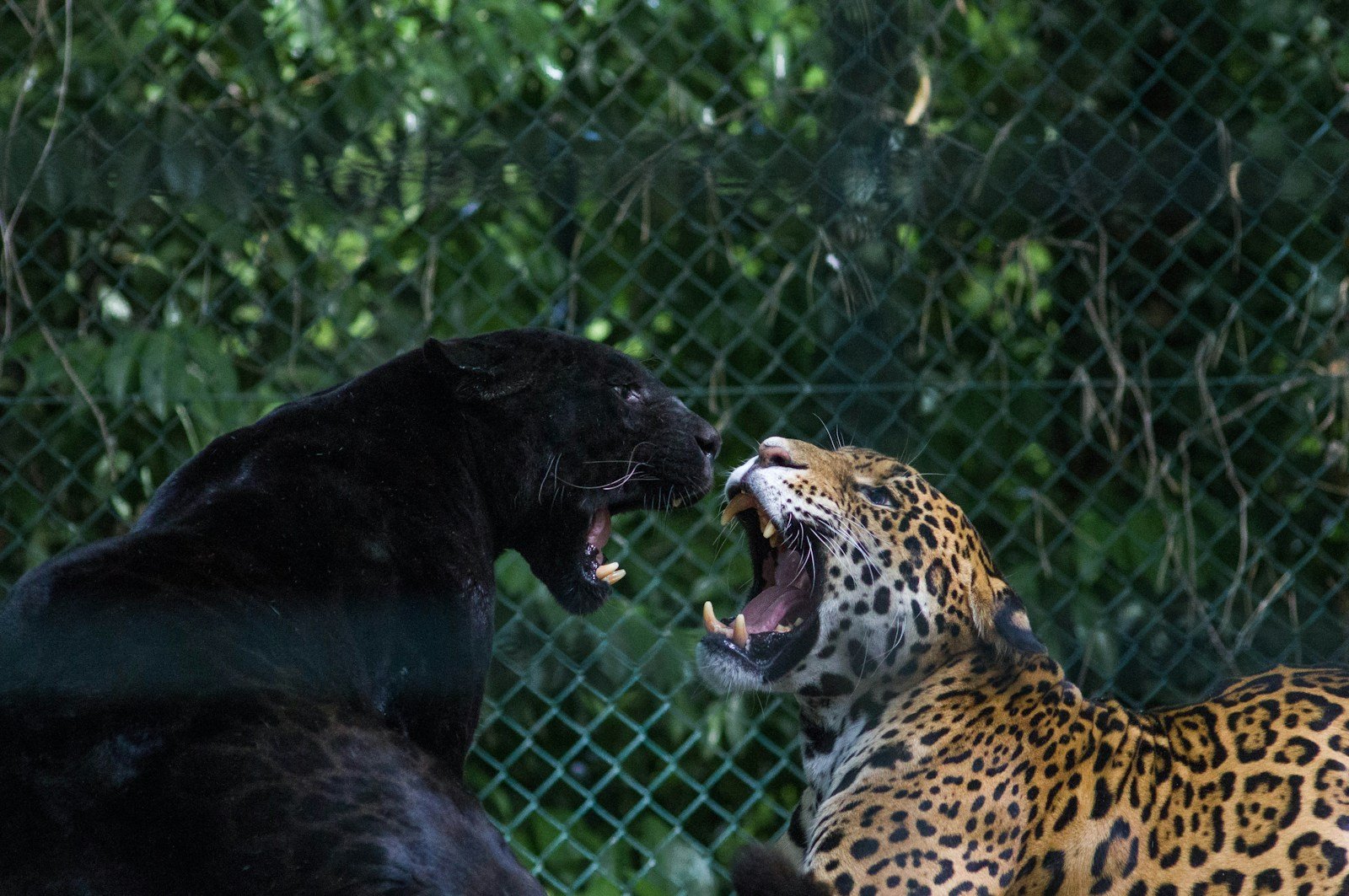
Cats are territorial animals, and high perches allow them to monitor their domains effectively. From a height, they can observe the activities of other pets and humans within their territory, ensuring they remain aware of any changes or intrusions. This behavior underscores the importance of psychological stimulation for house cats, who use high vantage points as part of their territorial management strategy.
The Physics of Cat Balance
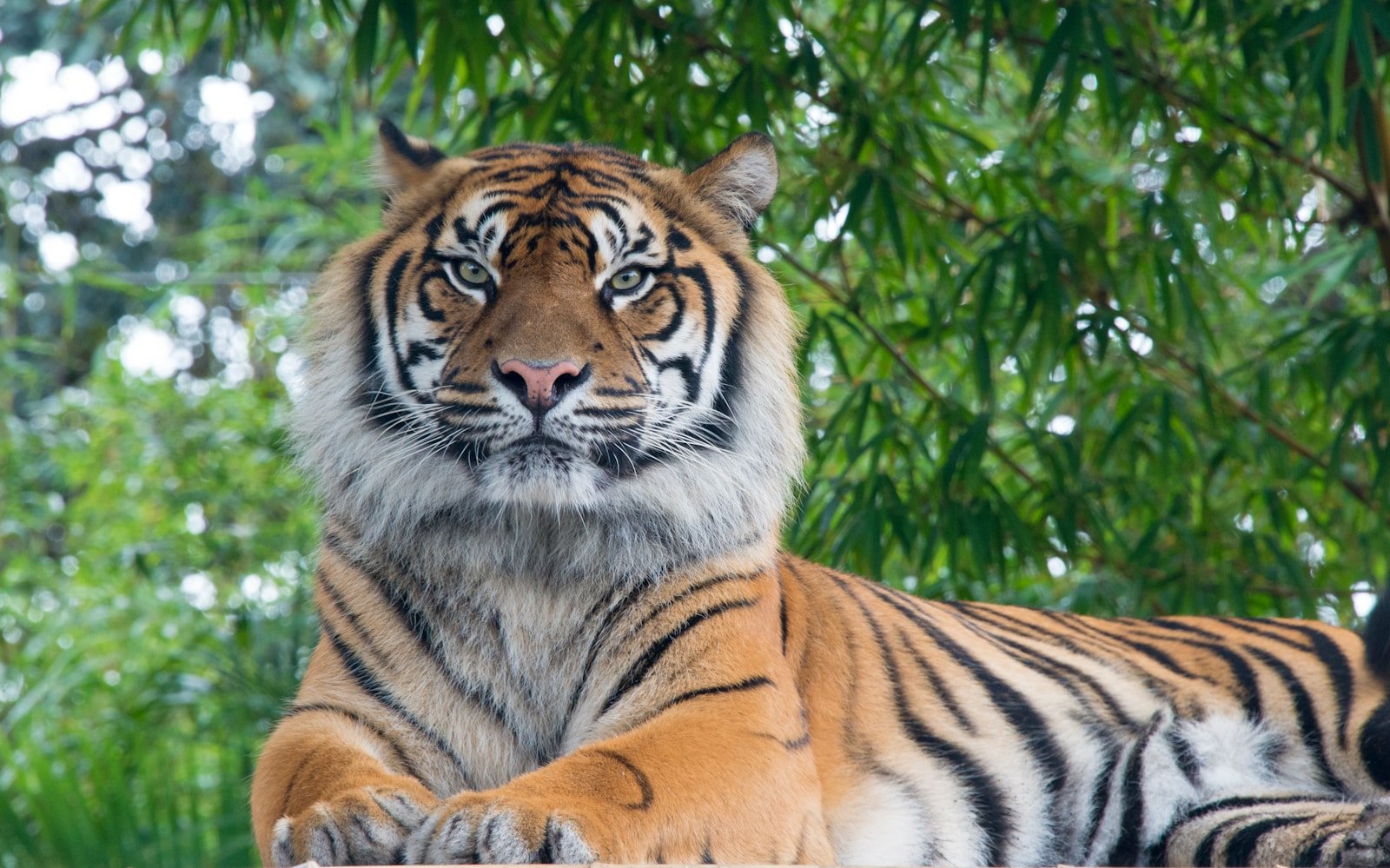
Cats are known for their remarkable balance, which allows them to navigate narrow and challenging spaces effortlessly. Their inner ear contains a specialized apparatus called the vestibular system, which helps them maintain equilibrium. Additionally, their flexible spine and tail act as a balancing rod, enabling them to perform agile maneuvers, such as walking along high ledges or narrow fences.
Environmental Enrichment Through Elevation
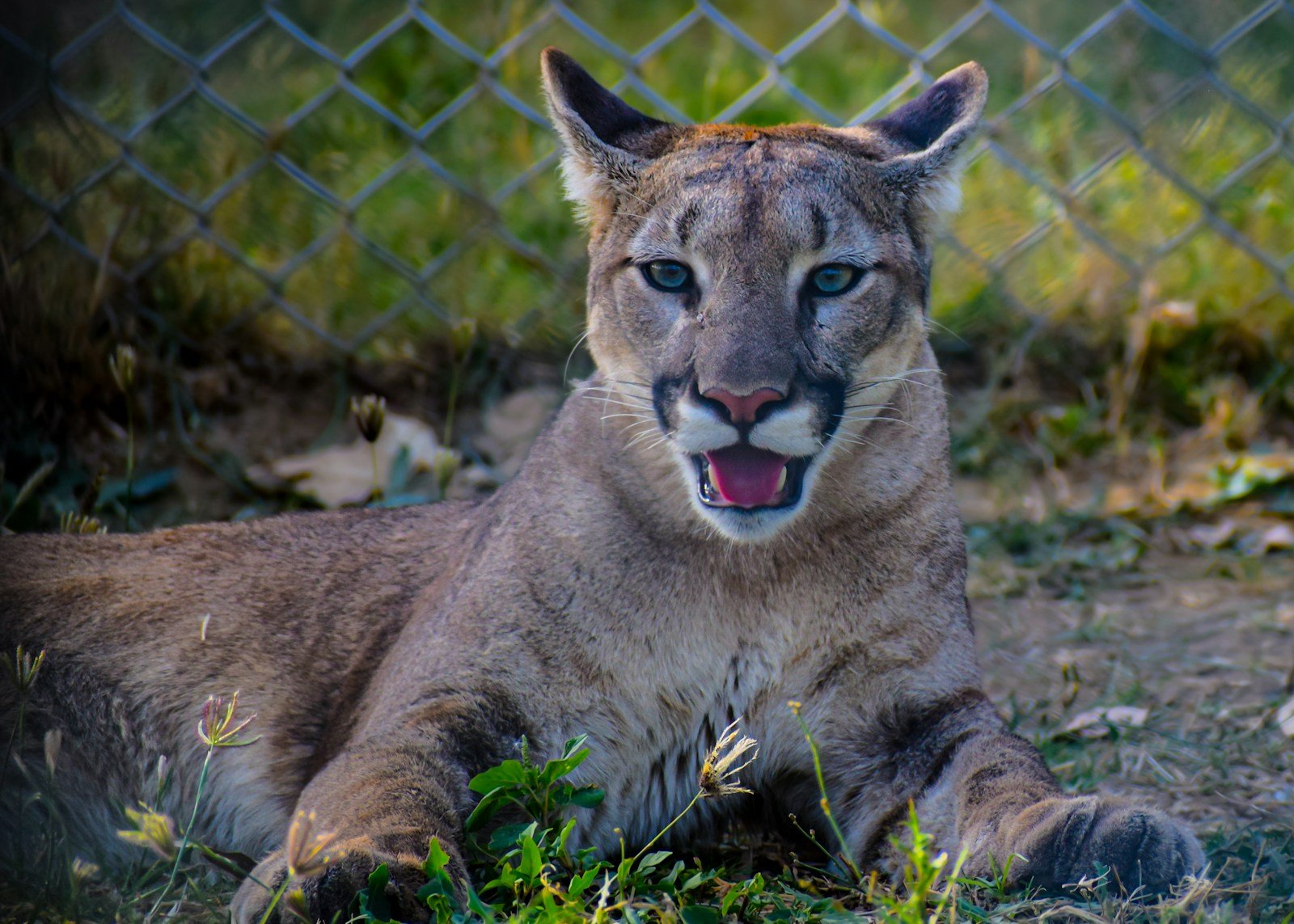
For indoor cats, elevated spaces provide crucial environmental enrichment. High perches and cat trees offer variety and complexity to an otherwise two-dimensional living space. These structures allow cats to exercise, explore, and engage in necessary climbing behaviors that emulate their natural instincts, contributing to overall mental and physical well-being.
The Vertical World of Cats: An Ethological Perspective
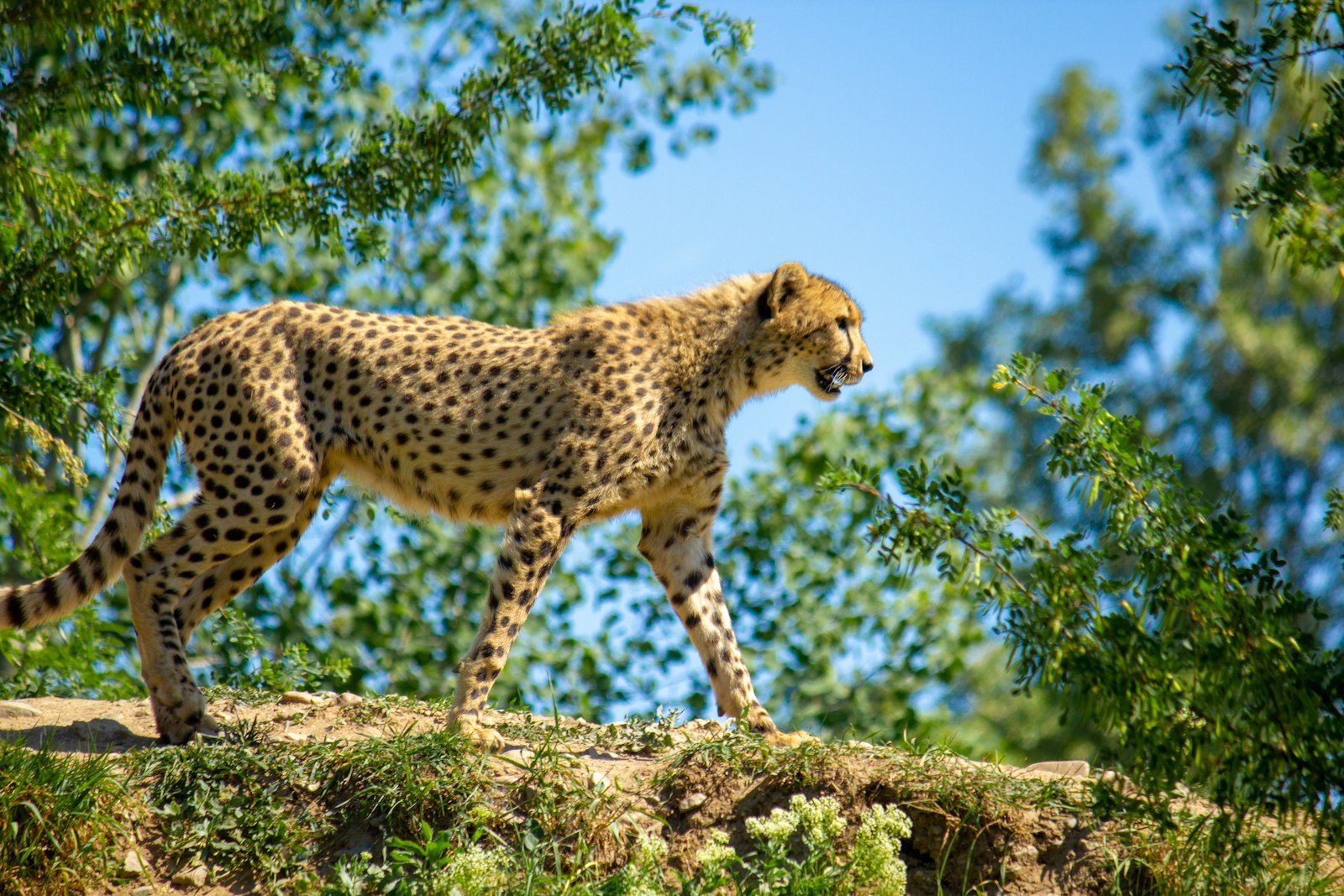
From an ethological perspective, the vertical dimension is an essential aspect of a cat’s environment. Unlike humans and many other domesticated animals, cats utilize three-dimensional space extensively. In the wild, the vertical environment offers shelter and hunting opportunities, with trees serving as both sanctuary and ambush sites. Understanding this vertical inclination is crucial for cat owners aiming to create a harmonious home atmosphere.
The Role of Vision in Navigating Heights
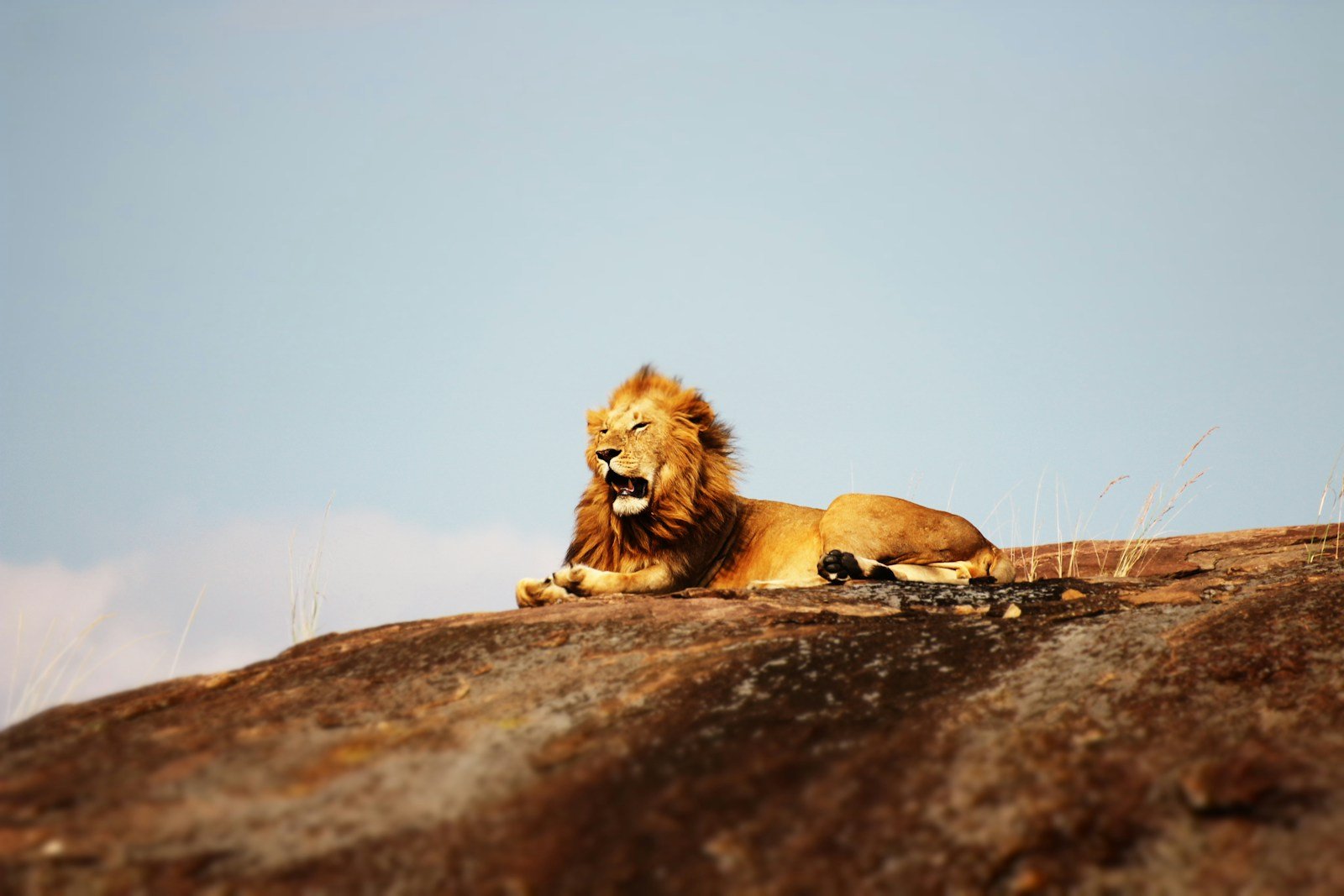
Cats have a unique visual system that assists them in navigating elevated spaces. Their keen eyesight allows them to judge distances accurately, thanks in part to the tapetum lucidum, a layer of tissue that enhances night vision. This adaptation is particularly beneficial when moving around at dusk or dawn, times when wild cats are most active. Such visual acuity helps them move confidently in high places.
The Behavioral Science of Play and Exploration
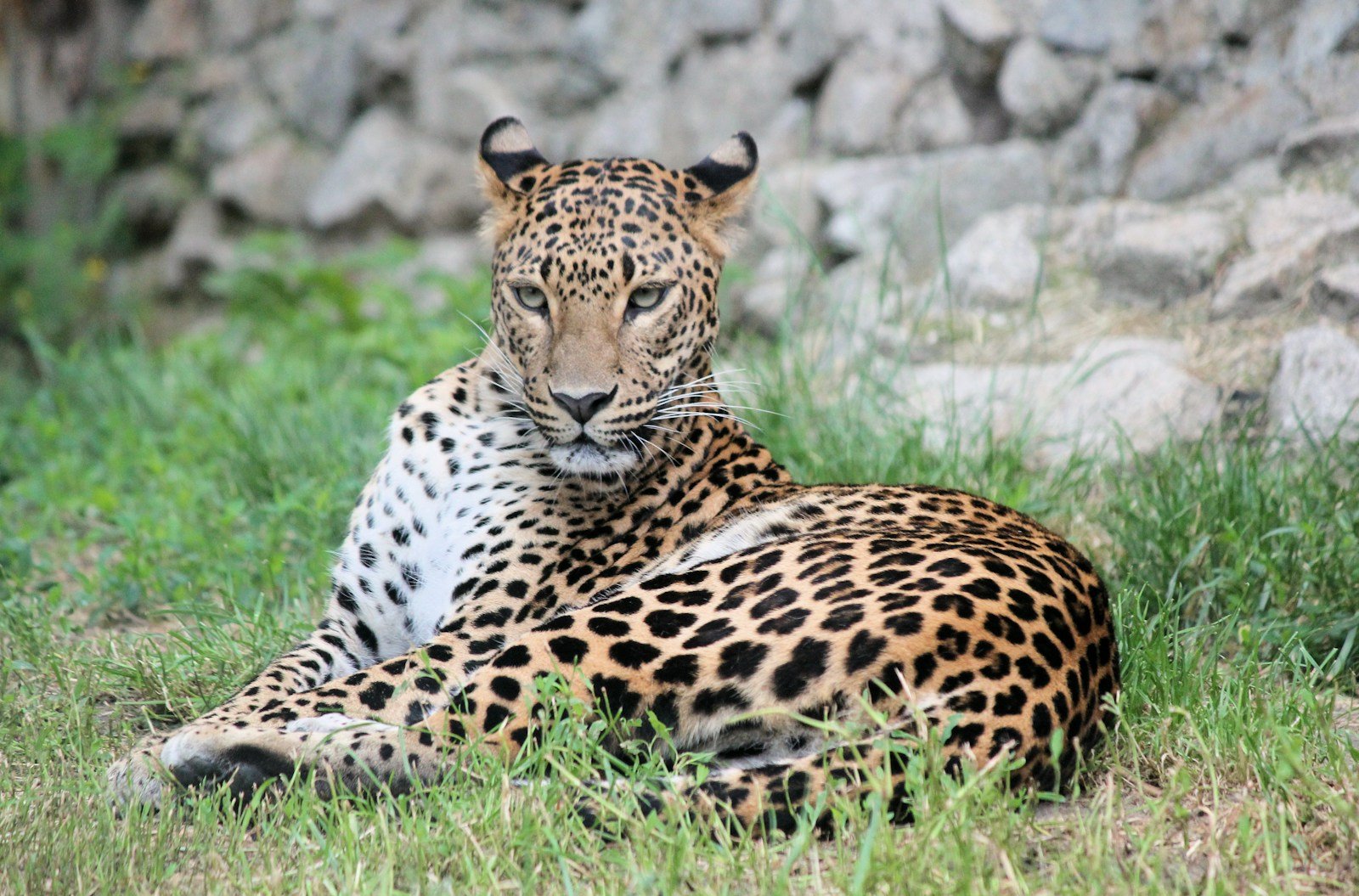
Cats are naturally curious and playful creatures. Elevated positions often double as vantage points for observing and ambushing during play, mimicking their hunting behavior. Climbing and exploring heights provide mental stimulation and satisfy their instinctual need for investigation and ambush play, reducing boredom and stress in domestic settings.
Social Dynamics: Height Equals Status?
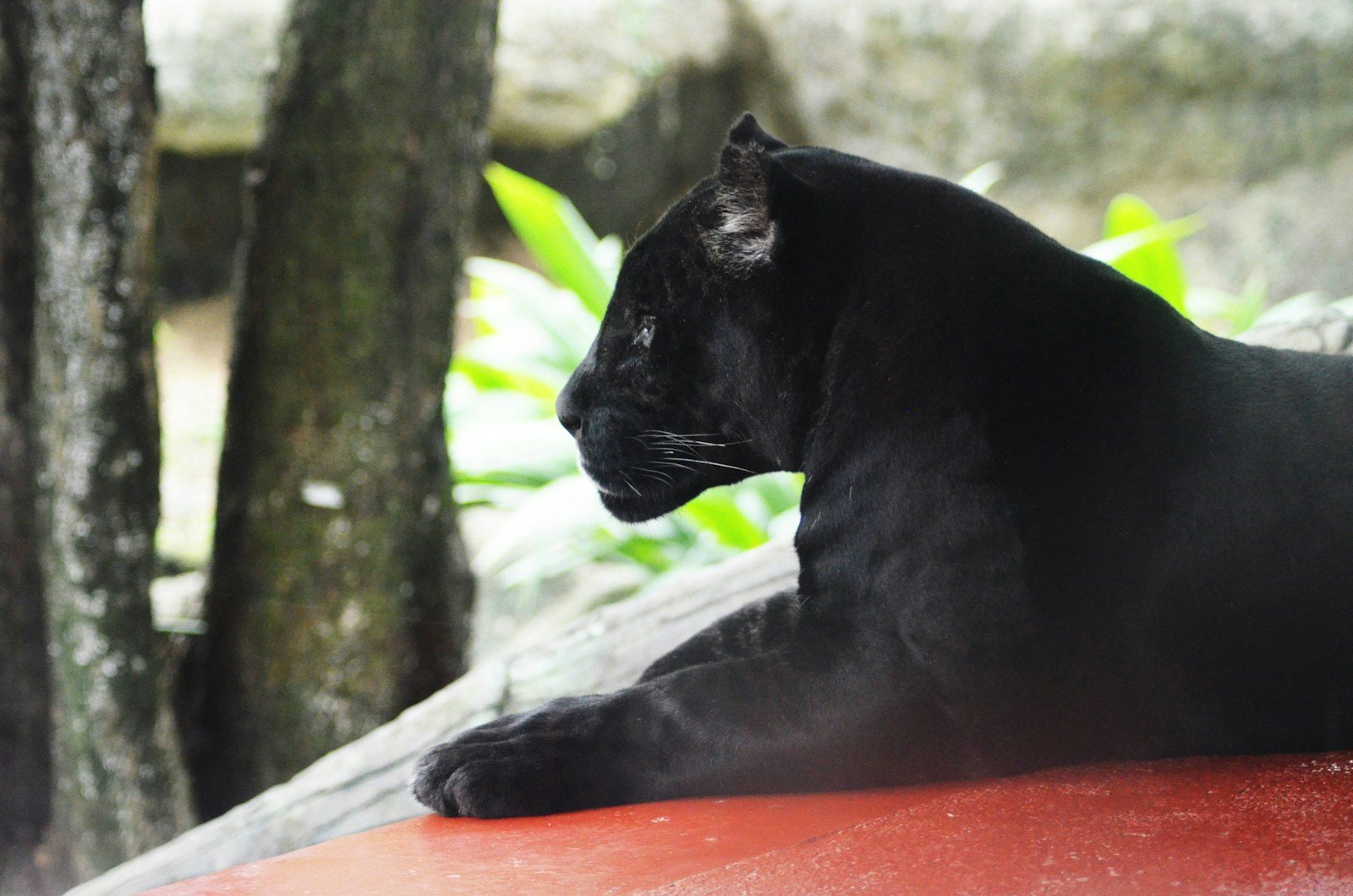
In multi-cat households, high perches can be a component of their social hierarchy. Dominant cats often claim the highest spots, a behavior observed in wild feline species as well. This preference can reduce conflicts, as each cat may select different heights based on their social standing, ensuring a peaceful coexistence within their territory.
Encouraging Safe Exploration at Home
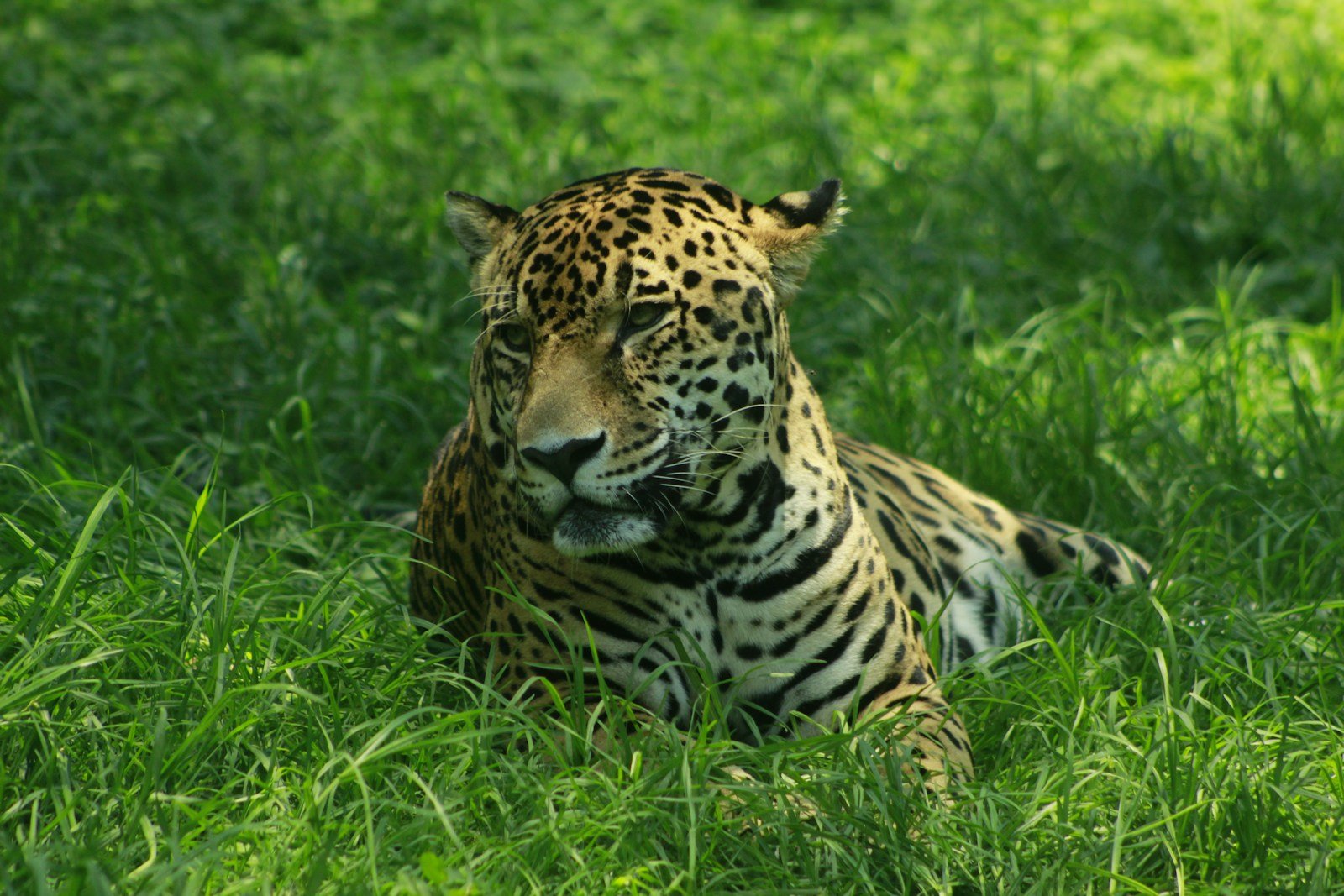
For cat owners aiming to satisfy their feline’s love for heights safely, providing dedicated high perches and cat trees is essential. Securely affixed shelves or window perches can also offer vertical exploration opportunities. It is crucial to ensure that these spaces are safe and stable to prevent accidents, enabling cats to enjoy their surroundings without risk of injury.
Overall, the fascination cats have with heights is deeply rooted in their evolutionary and biological makeup. By accommodating this natural inclination, we can significantly enhance their quality of life, ensuring they remain healthy and happy companions in a domesticated world.
Hi, I’m Bola, a passionate writer and creative strategist with a knack for crafting compelling content that educates, inspires, and connects. Over the years, I’ve honed my skills across various writing fields, including content creation, copywriting, online course development, and video scriptwriting.
When I’m not at my desk, you’ll find me exploring new ideas, reading books, or brainstorming creative ways to solve challenges. I believe that words have the power to transform, and I’m here to help you leverage that power for success.
Thanks for stopping by, Keep coming to this website to checkout new articles form me. You’d always love it!






